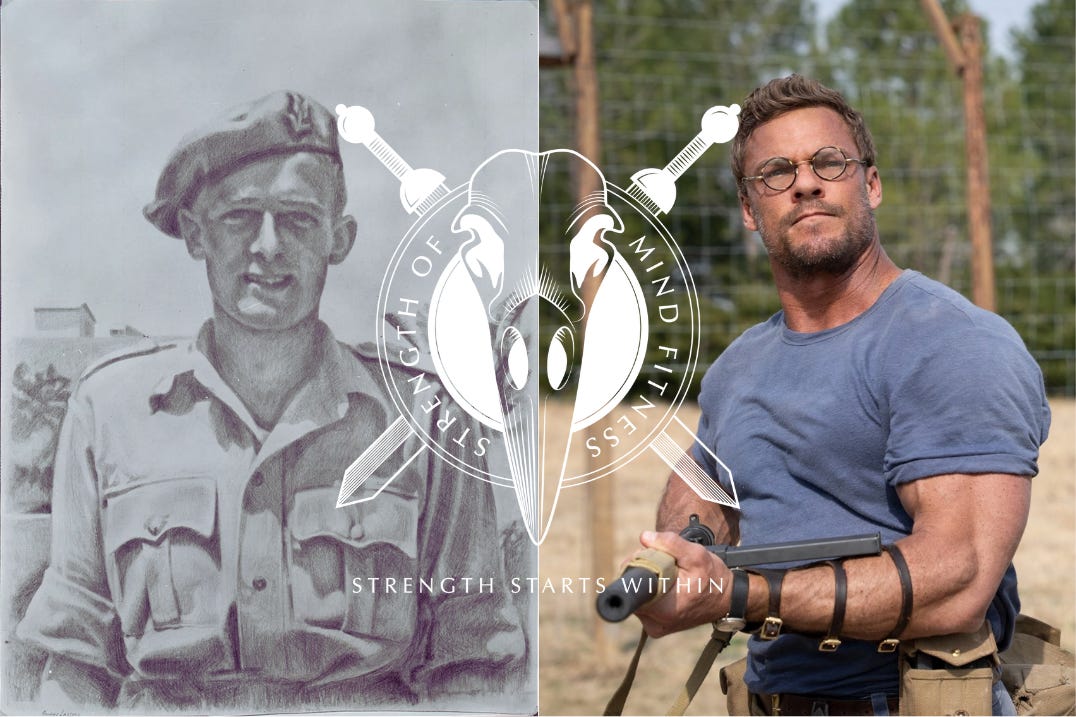How I Learned to Master my Fitness When Time Is Scarce
Primer Pt. 3: The SOMF approach to physical fitness

The time-poor athlete’s predicament
It's 9 pm on Thursday. The kids are finally in bed and their bags are ready for tomorrow. You’re finishing clearing up when your gym bag catches your eye. The same gym bag you packed on Sunday night. Four days l…
Keep reading with a 7-day free trial
Subscribe to Strength of Mind Fitness to keep reading this post and get 7 days of free access to the full post archives.



